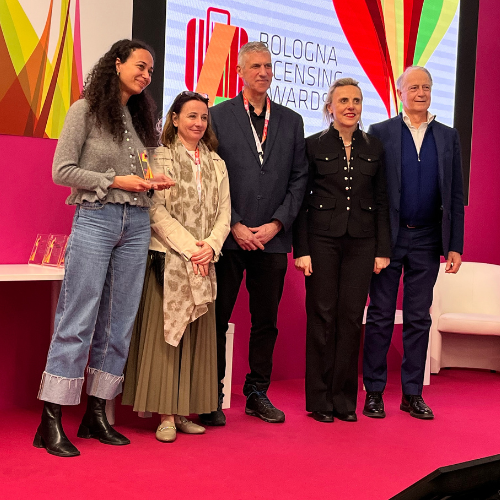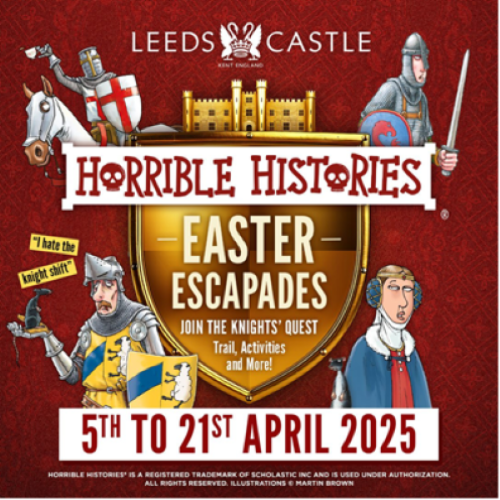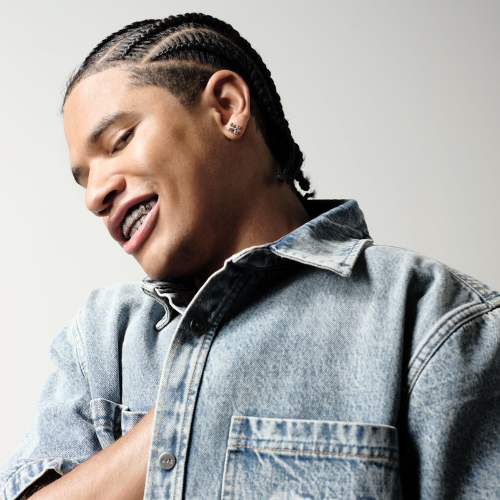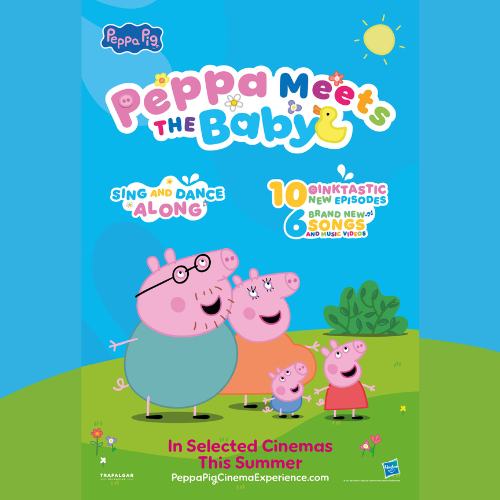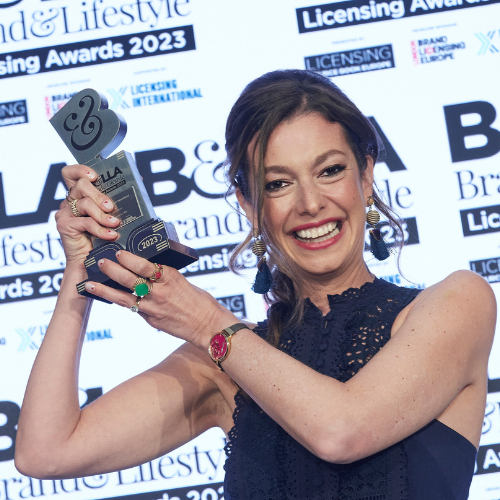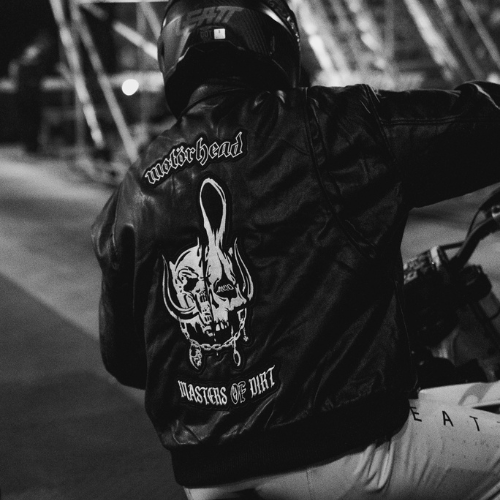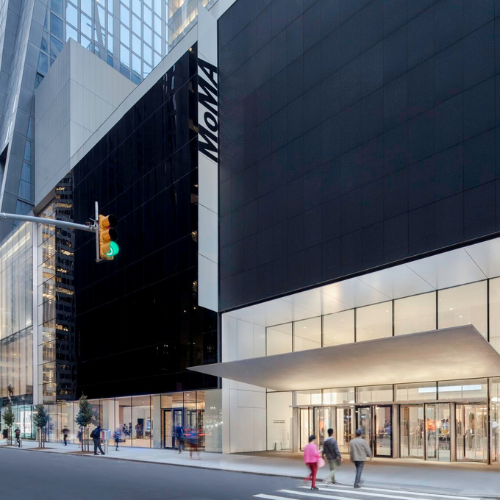BLE brand director Anna Knight on how LBE is creeping up the licensing table.
On first reading of this year’s Global Licensing Report from LIMA there appeared to be few surprises.
Character & Entertainment remains top of the property list. Fashion reigns as top product category. Music, sports and celebrity all grew thanks to our obsession with social media.
But then I looked beyond the biggest and the top three. With a 32% leap in value in just 12 months, Location Based Entertainment (LBE) was actually the fastest growing licensed product category in 2016. The rise and rise of LBE has been on my radar for some time now and so it was really interesting to see its fortune rocket in 2017.
If you’re not familiar with the term, LBE is simply any form of entertainment that’s tied to a particular location that’s not your home. It can refer to theme parks, arcades, bowling alleys, casinos and multiplex cinemas, that type of thing. According to projections from Greenlight Insights, LBE will be a $1 billion market by year’s end. In five years’ time, it will be worth $12 billion.
Interestingly, by 2023, LBE will also make up about 11% of the VR industry and this is one of the reasons behind its recent success: while VR was launched to huge fanfare nearly two years ago, headsets are still expensive and content scarce, so the in-home VR market has remained relatively small. But, put VR into LBE and, suddenly, it’s accessible and affordable and can be enjoyed in groups and not just in isolation, hence, its X factor.
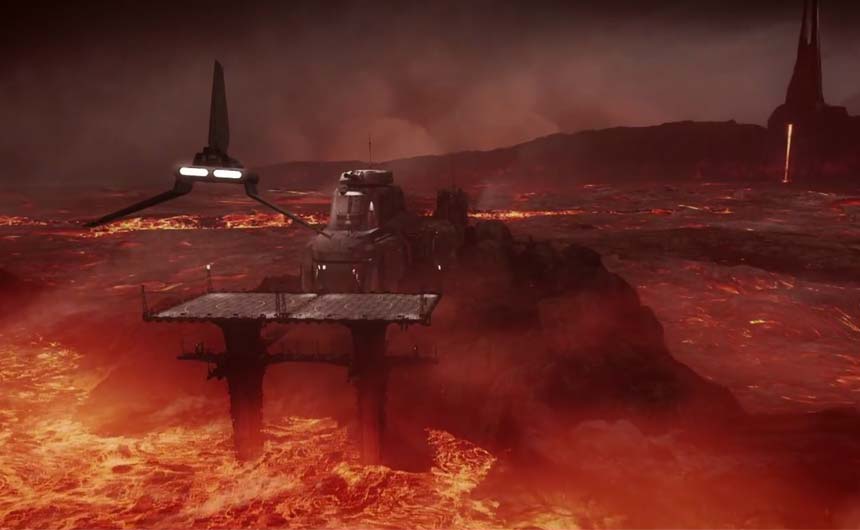
Examples include Star Wars Secrets of the Empire by ILMxLAB and The Void at Disney World Resort in Florida (pictured above), as well as several IMAX VR theatres, such as the AMC Kips Bay 15 in New York, which completely immerse the user in VR experiences (there’s one called Nickelodeon Slime, which sounds like brilliant fun). The Hollywood Reporter has even gone so far as to claim LBE is not only the biggest trend to hit the VR gaming world, it’s proving to be the future of VR, too.
But what does LBE mean for licensing? Well, there are obvious links between licensing and the games industry, which make sense for LBE. And the theme park industry has been dominated by huge character and entertainment brands including the grandfather of theme parks, Disney. If you think about, when owned by the studios, they are the perfect platform for promoting their own brands (Toy Story Land opened this summer in the States and Universal Studios in Florida will open a Stranger Things maze for Halloween). Other studios are muscling in, too, with Nickelodeon announcing a 28,000 square metre theme park for China this summer.
But even those brands that don’t necessarily have the clout or financial prowess to own their own theme parks are realising the potential, too. The Gruffalo Ride at Chessington has been open for a while now and Aardman has just announced a Shaun the Sheep ride in Australia (Wallace and Gromit already feature at Blackpool Pleasure Beach and Chicken Run feature at Universal for a while).
So, when it comes to the licensing industry, LBE is certainly giving us food for thought and is one of the newer areas of licensing that we’re really excited to look at incorporating into BLE 2019.
Anna Knight is brand director of Brand Licensing Europe, which takes place from October 9-11 at London’s Olympia. You can pre-register by clicking here.












